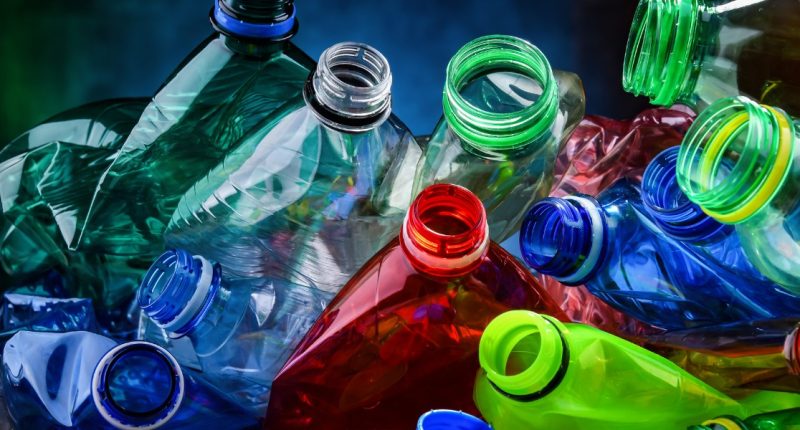A chemical used in the manufacturing of plastic is linked to reduced insulin sensitivity in healthy adults, a study has identified.
The research team set out to test the ‘safe dose’ of Bisphenol A (BPA), a chemical that is mainly used in combination with other chemicals to manufacture plastics and resins.
The ‘safe dose’ according to the U.S. Food and Drug Administration (FDA) is 50 micrograms for every kilogram of body weight.
The study involved 40 active, healthy adults, with half the group given oral BPA at the FDA level for four days, and the rest given a placebo.
- PFAS: hormone-altering chemicals could be linked to certain cancers in women
- Thousands of harmful chemicals can leak into food from plastic containers
- Oral insulin provides easy and convenient alternative to regular injections
There were no significant changes in body weight and blood sugar levels between the two groups, but a significant decrease in insulin sensitivity was seen in the BPA group after four days.
Researcher Todd Hagobian, from California Polytechnic State University, said: “Given that diabetes is a leading cause of death in the United States, it is crucial to understand even the smallest factors that contribute to the disease.
“These results suggest that maybe the U.S. EPA safe dose should be reconsidered and that health care providers could suggest these changes to patients.
“We were surprised to see that reducing BPA exposure, such as using stainless steel or glass bottles and BPA-free cans, may lower diabetes risk.”
- 1 in 4 people with insulin-dependent diabetes have eating disorder symptoms, research shows
- Men at higher risk of type 2 diabetes due to pronounced insulin resistance of adipose tissue
- Scientists develop experimental type 1 diabetes drug which shields insulin-making cells from immune system attack
BPA is used in a range of products including food containers and tableware. It can alter hormone levels, increasing the risk of type 2 diabetes.
The FDA banned the use of BPA in baby bottles and sippy cups in 2012 over fears it may affect child development.
The findings from this latest study were presented at the recent annual meeting of the American Diabetes Association (ADA).
Responding to the report, ADA’s chief scientific and medical officer Dr Robert Gabbay said: “With the increase in diabetes in the U.S., it is our duty to ensure safety within our products and in our homes.
“This is only the beginning of highlighting the need for informed public health recommendations and policies.”





